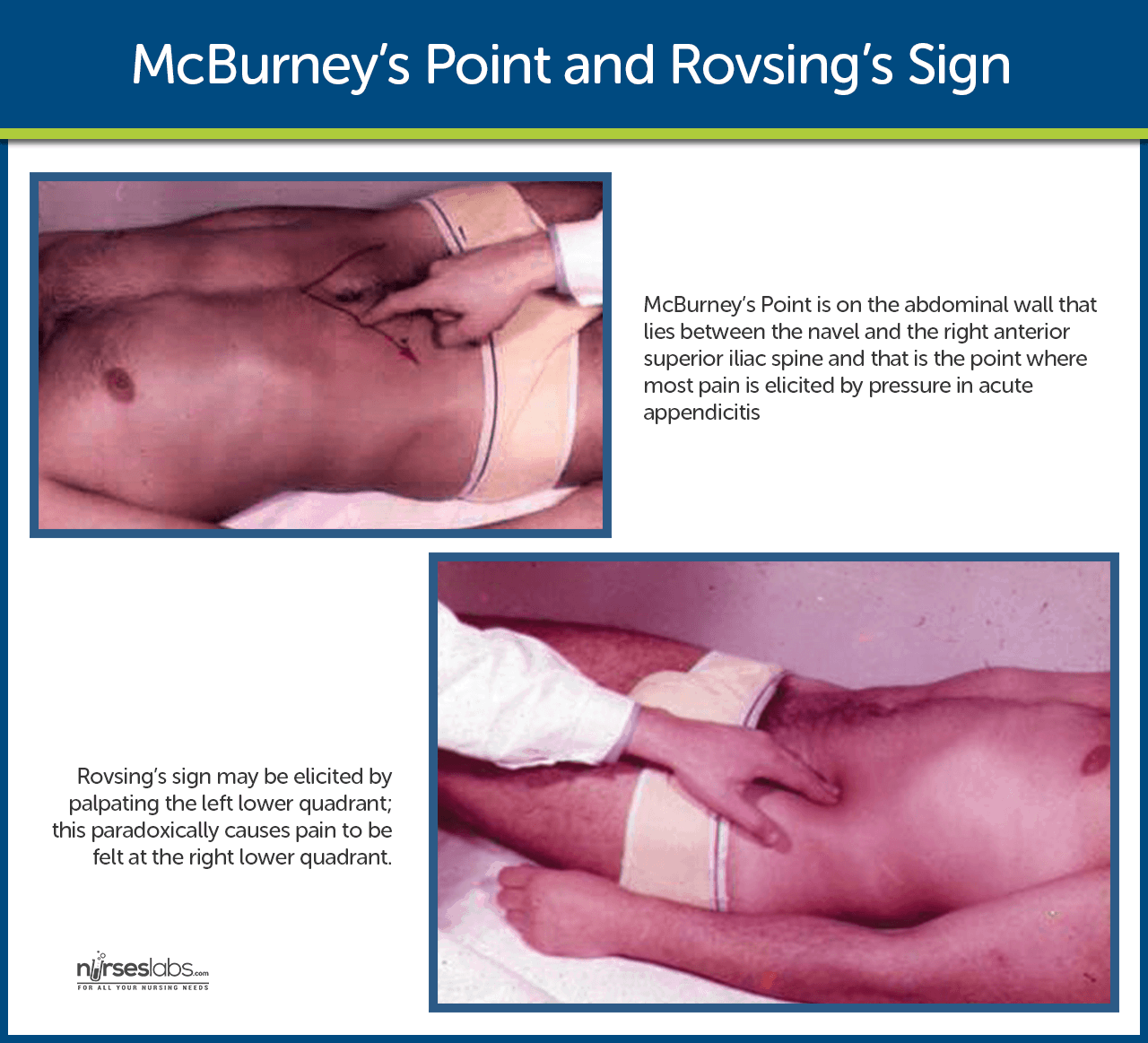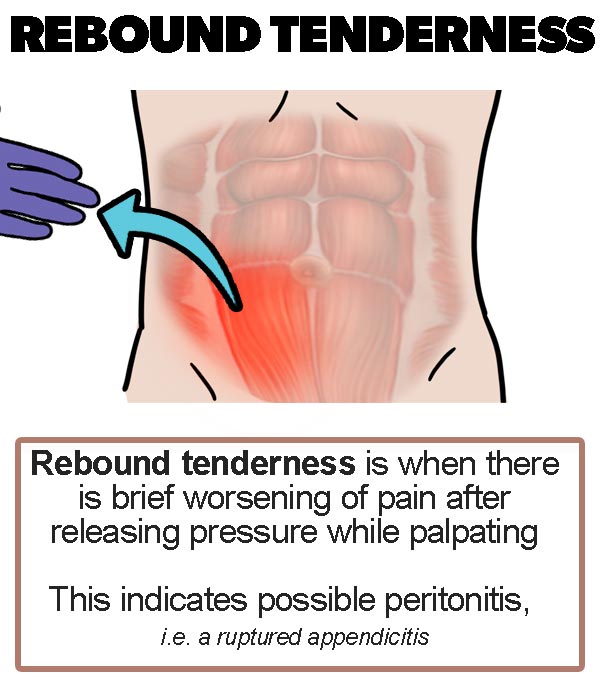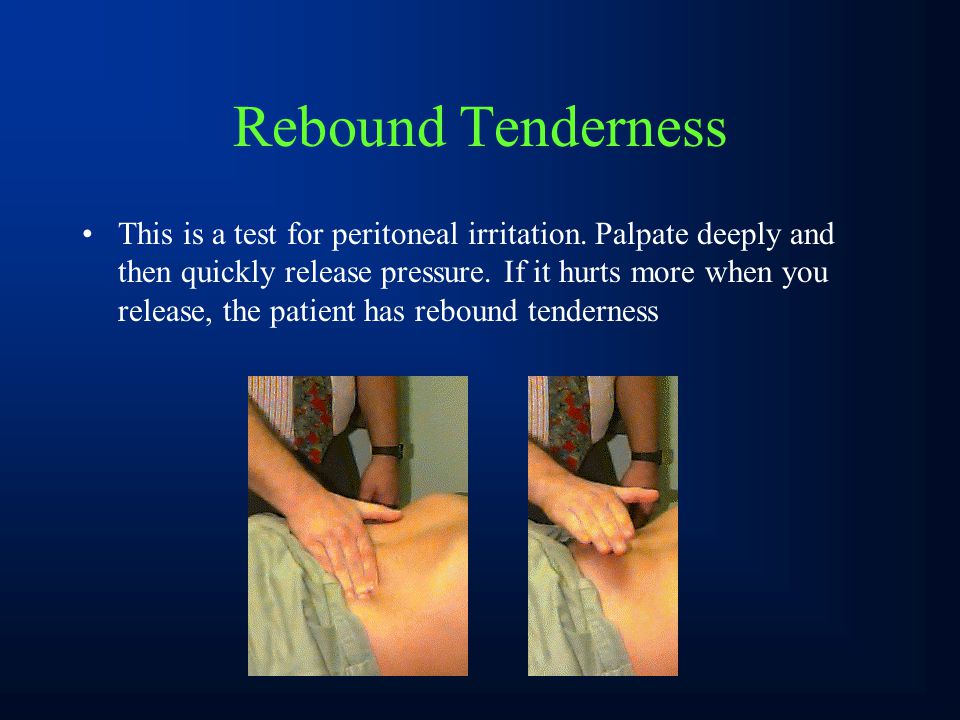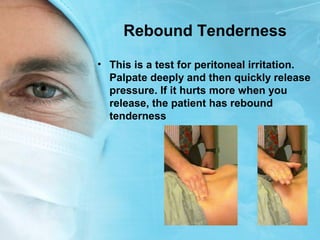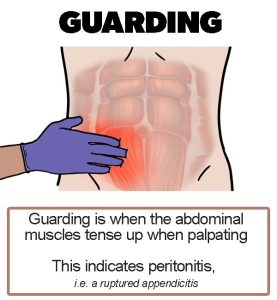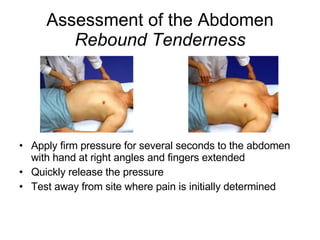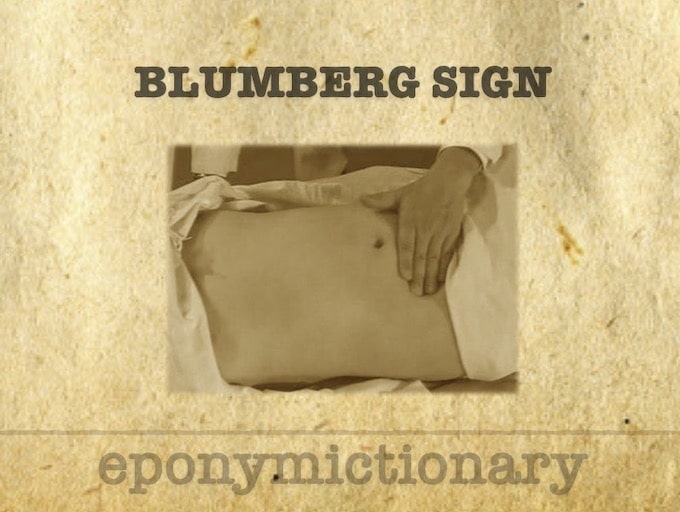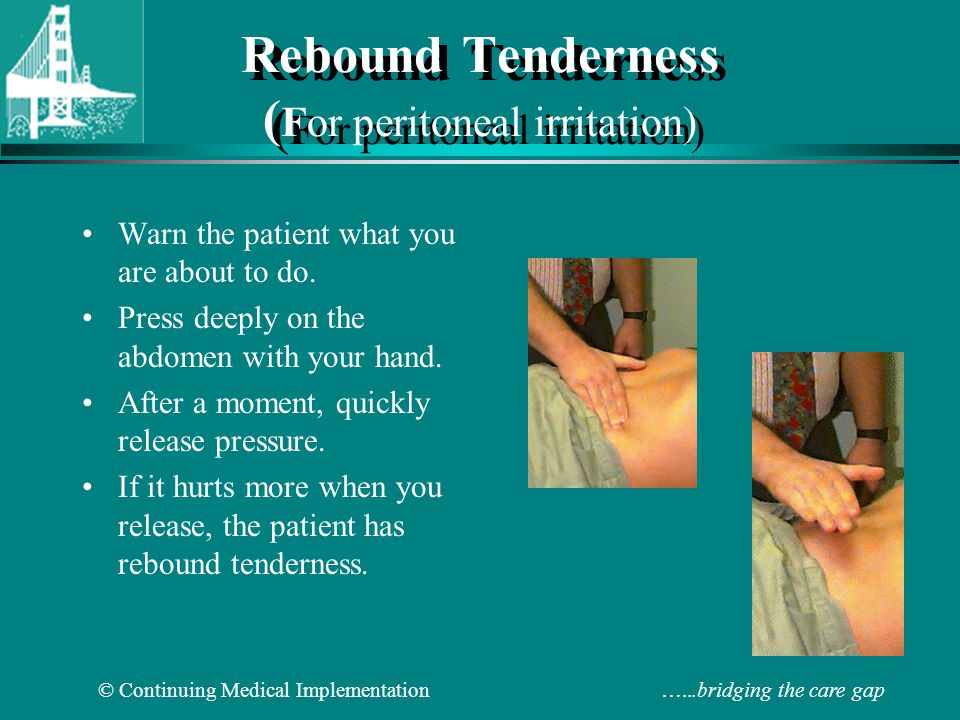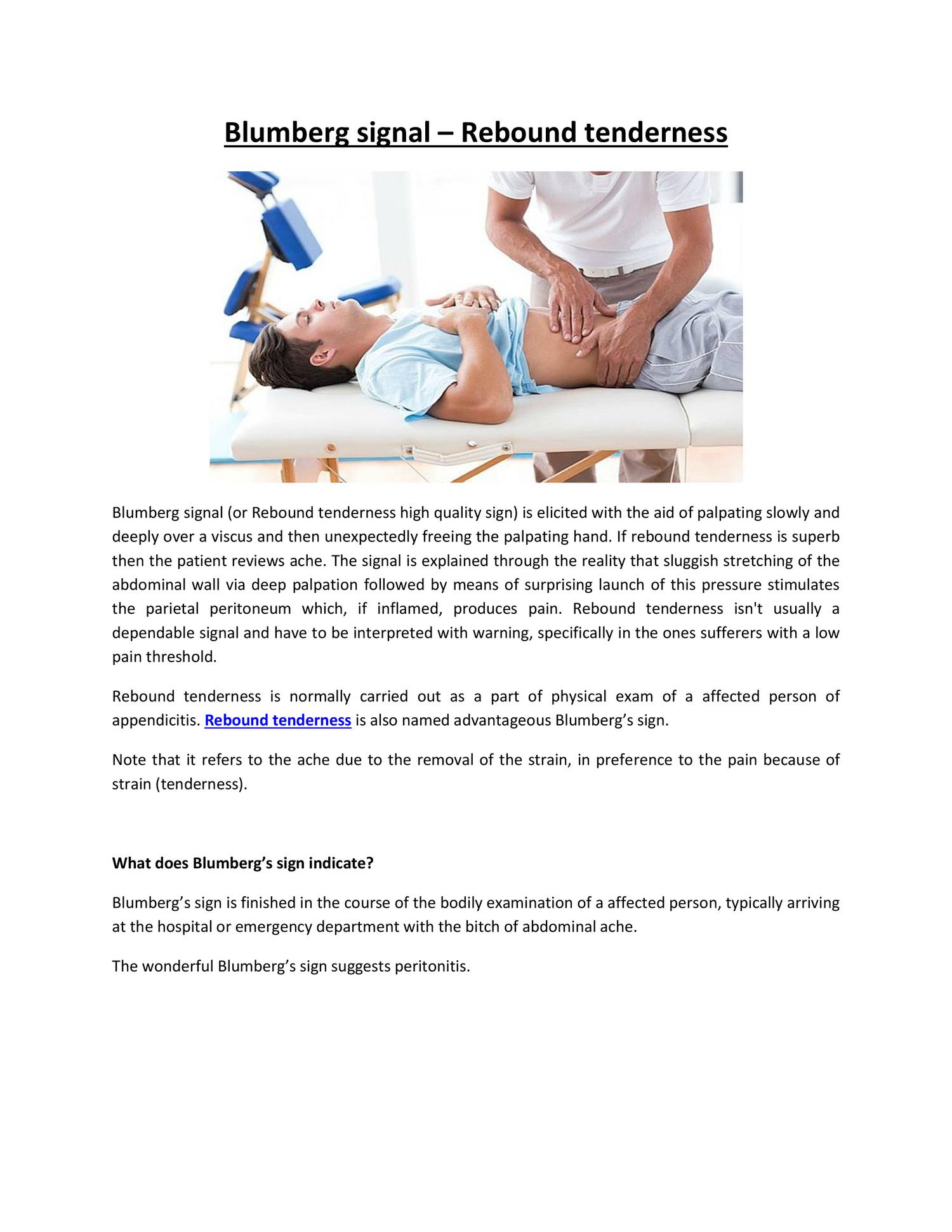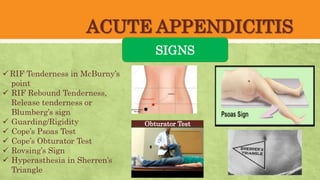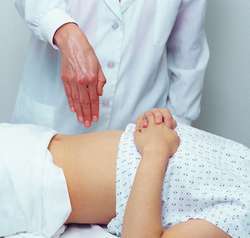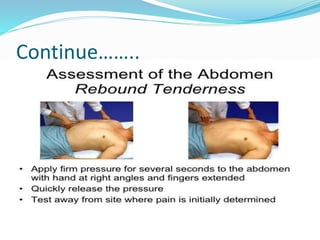Lessons I Learned From Info About How To Check For Rebound Tenderness
Appendicitis mcburney's point rebound tenderness test.
How to check for rebound tenderness. They quickly remove their hands and ask if you feel any pain when. To check for rebound tenderness, a doctor applies pressure to an area of your abdomen using their hands. To check for rebound tenderness, a doctor applies pressure to an area of your abdomen using their hands.
They quickly remove their hands and ask if you feel any pain when the skin and. It is a test that inflicts much discomfort to the patient. Rebound tenderness is a clinical sign in which there is pain upon removal of pressure rather than application of pressure.
Check us out on facebook for daily free review questions and updates! The blumberg sign, or more commonly the rebound tenderness test is a clinical sign which may be elicited on physical examination and may be indicative of peritonitis. Appendicitis mcburney's point rebound tenderness test.
To check for rebound tenderness, a doctor applies pressure to an area of your abdomen using their hands. Other clinical signs indicative of acute appendicitis. If you feel a sudden increase in the abdominal pain on lifting of the hands, rebound tenderness is suspected.
This may make the patient wince. Rebound tenderness is said to be present when the abdominal wall, having been compressed slowly, is released rapidly resulting in a sudden stab of pain. In order to confirm the suspicion, he conducts a number of diagnostic tests.
Remove the pressure suddenly, and ask the. Although rebound tenderness is a widely used examination, it is uncomfortable and may be inaccurate. Rovsing’s sign is performed on an individual lying flat on their back, usually on an examination table.



